Songdangnamu (송당나무)
18.0Km 2024-02-21
68-140 Songdang 5-gil, Gujwa-eup, Jeju-si, Jeju-do
Songdangnamu is a gardening café where visitors can enjoy flowers in a spacious garden. Songdang-ri, known for its abundant rainfall, is recognized as a neighborhood conducive to plant growth, making it popular for landscaping cultivation. The café features a greenhouse filled with various plants such as herbs, palm trees, and catcus, as well as an outdoor garden spanning over 5,300 square meters. The signature menu item is the hallabong ade.
Woljeongri Beach (월정리해변(월정리해수욕장))
18.0Km 2025-03-13
480-1 Haemajihaean-ro, Jeju-si, Jeju-do
+82-64-728-3906
Woljeong-ri, a village located on the east side of Jeju Island, holds the meaning "the moon stays." The beautiful emerald sea spreads out like a picture, and the bright moon shines above it. As more and more travelers visited the beach to appreciate its beauty, many restaurants, cafes, and lodging facilities started to form along the shoreline. Some cafes placed chairs for people to relax in while looking at the sea, which became an iconic photo spot of Woljeongri Beach.
The beach is also a popular location for a variety of water sports such as surfing, snorkeling, and kayaking. Woljeongri Beach is popular among surfers because it has waves with a uniform x_height that are constantly coming in. The beach is also a part of the Gimnyeong-Hado Olle and Gimnyeong-Woljeong Geotrail Course on Jeju Olle Trail Route 20, and a great spot for tourists to take a break while taking in the beautiful scenery and cool scent of the sea.
Maze Museum (메이즈랜드)
18.6Km 2024-10-18
2134-47 Bijarim-ro, Gujwa-eup, Jeju-si, Jeju-do
+82-64-784-3838
Maze Museum, a comprehensive theme park, features the world's longest stone maze, spanning 5.3 km and themed around Jeju’s Samda—the island’s iconic triad of stones, wind, and women. Proudly showcasing Korea’s natural beauty, the park also houses a museum where visitors can explore the history of mazes, view artifacts, and solve puzzles dating from the 14th century to modern times. Constructed from local stones known for their high far-infrared ray emission and the western arborvitae trees, which release beneficial phytoncides, Maze Museum is an eco-friendly park designed with health benefits in mind, offering more than just walking mazes. The site is enveloped by a variety of 40-year-old trees, providing an ideal environment for forest bathing and immersing in nature.
Snoopy Garden (스누피가든)
18.7Km 2024-10-29
930 Geumbaekjo-ro, Gujwa-eup, Jeju-si, Jeju
+82-64-903-1111
Snoopy Garden House is where visitors can meet Snoopy and friends from the popular American comic series "Peanuts." The themed halls designed under the overall theme of "Peanuts, Nature & Life" allows one to connect their everyday life through episodes from "Peanuts." Snoopy Garden House has a total of five themed halls and Peanuts Store.
Dotoreum Parasitic Cone (돛오름(돝오름))
18.7Km 2023-12-22
San 3, Songdang-ri, Gujwa-eup, Jeju-si, Jeju-do
This oreum, or parasitic cone, is located southwest of Bijarim Forest. Its name “Dot” comes from the Jeju dialect for pig, as the shape of the peak is said to resemble a pig. Dotoreum Parasitic Cone is home to a wide variety of trees and plants, but among them, it is most well-known for its bija trees. However, paths in this parasitic cone tend to be rather narrow and rugged, so one must prepare accordingly in order to climb the hill without much trouble. Visitors are advised to prepare comfortable shoes and water at the very least.
Historic Site of Anti-Mongolian Struggle in Hangpadu-ri, Jeju (제주 항파두리 항몽 유적)
18.8Km 2022-08-18
50, Hangpaduri-ro, Jeju-si, Jeju-do
+82-64-710-6721
Historic Site of Anti-Mongolian Struggle in Hangpadu-ri is where the Sambyeolcho military unit of the Goryeo dynasty resisted the invasion of Mongolia until the last possible moment. The site houses an
exhibition hall, a monument, and a unique mud fortress. Nearby is Jangsumul Spring (Jangsu means general) which flowed from the footprints of General Kim Tong-jeong. Today, water from the spring
cannot be used as drinking water.
Sambyeolcho was a military unit of the Goryeo dynasty. When the Goryeo dynasty made peace with the Mongolian forces in February 1270 (the 11th year of King Wonjong), the Sambyeolcho special defense unit opposed it and launched a resistance movement. They moved their base to Jindo in Jeollanam-do, but after suffering a huge defeat, they moved to Jeju-do and built Hangpaduseong Fortress. They continued to fight against the Mongolian forces for two more years there. However, all the members were killed in April 1273 (the 14th year of King Wonjong).
This independent anti-Mongolian movement was born out the deeply patriotic belief in the need to safeguard the nation from foreign invasion. In 1977, the government invested 745 million won to restore part of the fortress and build a monument in commemoration of those who died in the war. The work was completed in June 1978.
Ivar Garden (아이바가든)
18.9Km 2024-04-19
8 Goseongnamseo-gil, Aewol-eup, Jeju-si, Jeju-do
Ivar Garden is an immersive media art exhibition hall in Aewol-eup on Jeju’s northwest coast. The hall is divided into eight exhibition spaces, each with a unique theme like Dreamy, Industrial, Mystery, and Party. The exhibitions extend all the way to the floor and the ceiling for a fully immersive experience.
Conan Beach (코난해변)
19.2Km 2024-11-18
575-6 Haengwon-ri, Gujwa-eup, Jeju-si, Jeju-do
◎ Travel information to meet Hallyu’s charm – variety show “EXchange / Transit Love 3”
Bijarim Forest (비자림)
19.2Km 2025-04-01
55 Bijasup-gil, Jeju-si, Jeju-do
+82-64-710-7912
Designated and protected as a Natural Monument, Bijarim Forest is home to 2,800 bija trees, ranging from 500 to 800 years in age, spread over 448,165㎡ land area. These majestic trees range from 7-14 meters in x_height, 50-110 centimeters in diameter, and 10-15 meters in crown x_width, so this forest is quite a rare example of its kind in the world. The berries of bija trees were used widely as a medicine used to kill parasites, while the wood was used to make premium furniture and go boards. Forest bathing in a bija forest helps to combat arteriosclerosis, mitigate physical and psychological fatigue, and restore the body’s rhythm.
Jeju Samdajang Gujwa Woljeong-ri Sehwa Bijarim (제주삼다장 구좌월정리세화비자림)
19.4Km 2023-11-06
15, Bijasup-gil, Gujwa-eup, Jeju-si, Jeju-do
Jeju Samdajang uses their special “jang,” fermented paste sauce made with ingredients from Jeju, to deliver exquisite flavors and specializes in marinated crab, which is highly regarded among aficionados. In fact, the restaurant exclusively uses seafood and shellfish sourced from the seas of Jeju. Visitors who like marinated crab can opt for the Samdajang Set (spicy marinated crab, octopus, and seaweed soup, abalone rice porridge, etc.), whereas fish lovers would be served very well by the Galchijorim Set (braised cutlassfish, octopus and seaweed soup, abalone rice porridge, etc.). Because the dishes are all prepared with fresh seafood caught from the seas of Jeju, they all boast rich flavors. Note that this restaurant offers delivery services, so customers can get their famous marinated blue crab, soy sauce-marinated abalone, and soy sauce-marinated shrimp delivered to addresses in Korea.
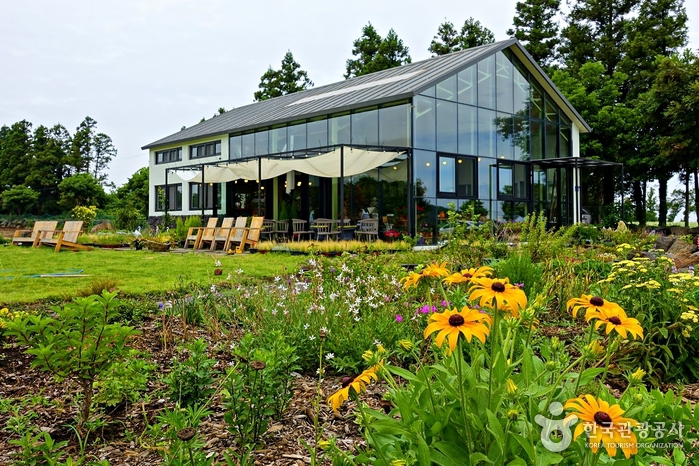
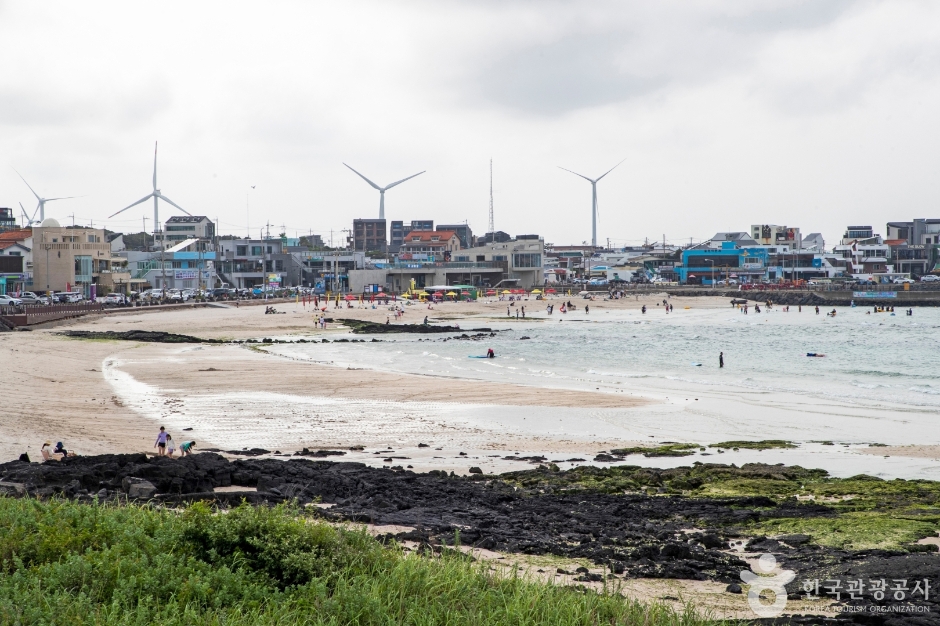

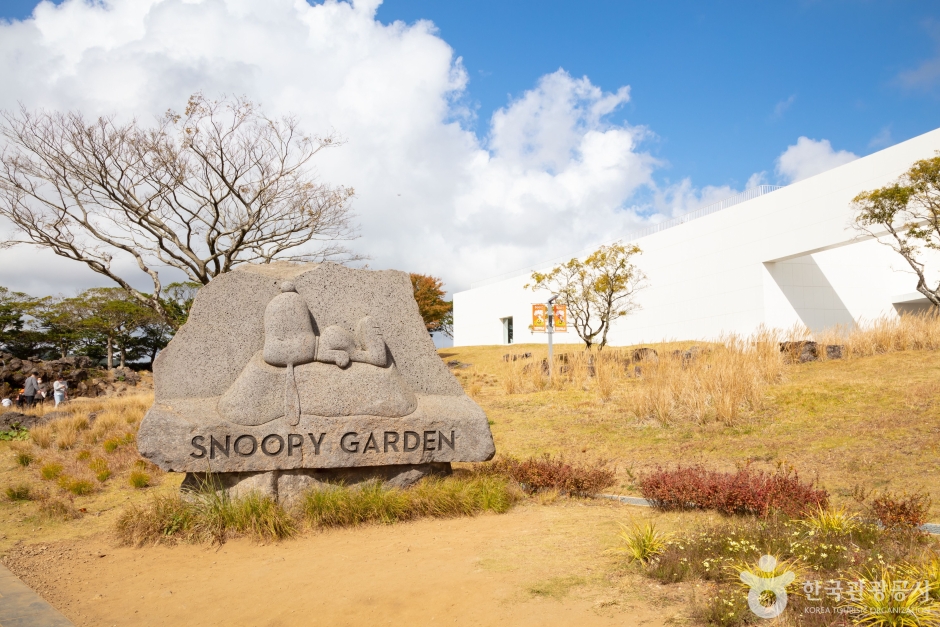
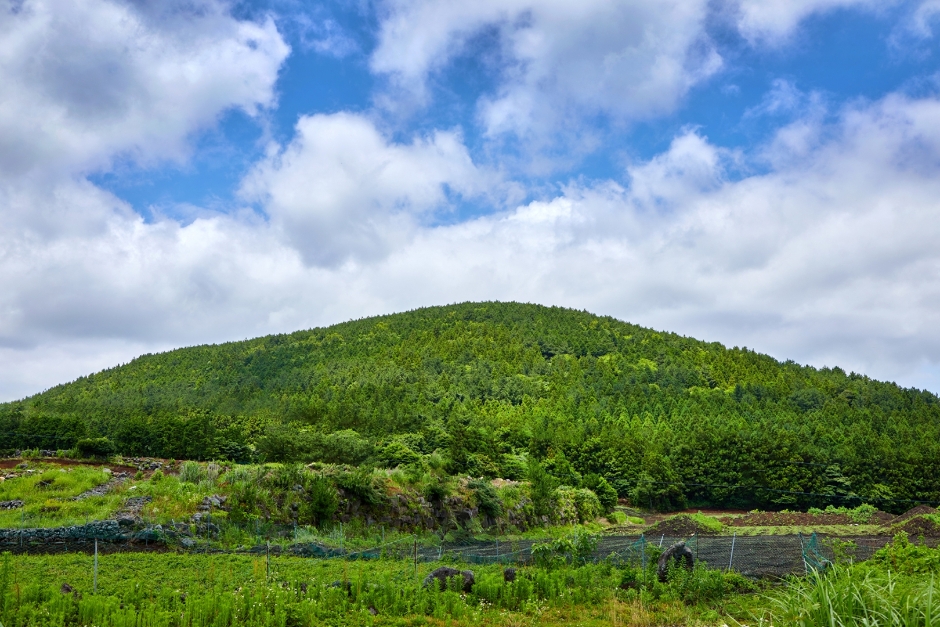
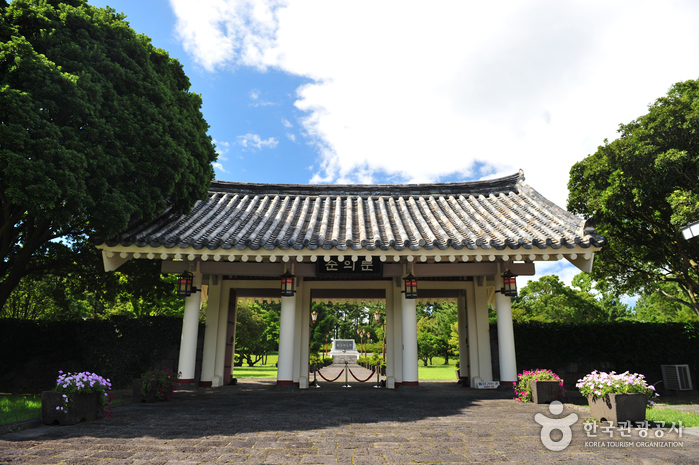
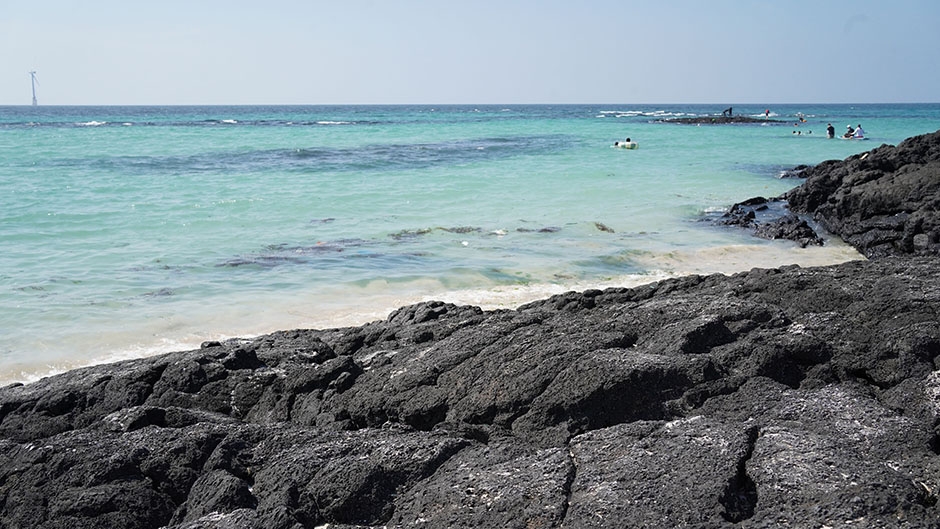
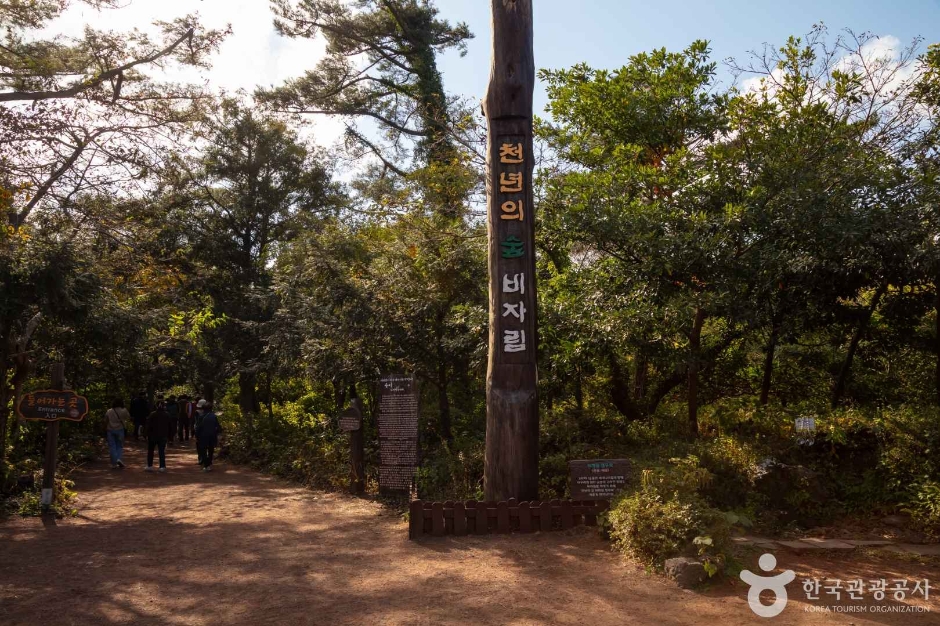
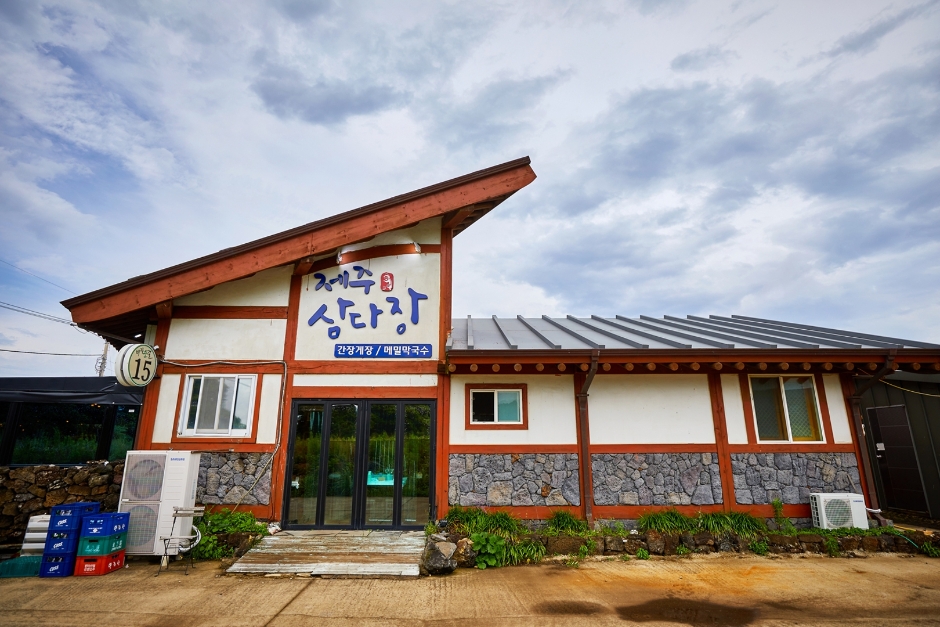
 English
English
 한국어
한국어 日本語
日本語 中文(简体)
中文(简体) Deutsch
Deutsch Français
Français Español
Español Русский
Русский